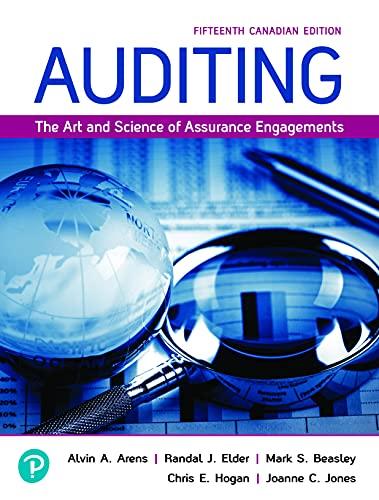Answered step by step
Verified Expert Solution
Question
1 Approved Answer
Using Analytical Procedures to Assess Fraud Risk in Inventory AJ: Hi Fran. Mitch said that he is doing some analytical procedures to assess if

Using Analytical Procedures to Assess Fraud Risk in Inventory AJ: Hi Fran. Mitch said that he is doing some analytical procedures to assess if there is a higher risk of fraud in Hillsburg's inventory balance. I didn't know that analytical procedures could be used to help identify fraud, how is he doing that? FM: Good question. Inventory is an asset. AJ: Yes, I know. I also know that when it comes to assets, there is always the risk of overstatement. So, the assertion of existence is at risk. FM: That's correct. Hillsburg's management could very easily just add fictitious inventory that doesn't exist to boost its yearend inventory balance. Analytical procedures could help us detect if they attempted to do this. AJ: How? FM: Take a look this financial information. Last year Hillsburg's gross margin was 27.8 percent. Since Avis told us that Hillsburg didn't increase its product prices, we can use last years' numbers to set our expectations for the current-year numbers. AJ: Okay, this is starting to make sense. Since Hillsburg didn't increase its prices, assuming that Hillsburg's suppliers also kept their prices steady, we can reasonably assume that Hillsburg's gross margin this year will be very similar to what the gross margin was last year? FM: You got it. AJ: I still don't understand how this could help us identify a higher risk of fraud in inventory? FM: How do you determine the cost of goods sold? AJ: I think it's beginning inventory, plus purchased inventory during the year, minus ending inventory. Oh! I think I get this now. If Hillsburg includes any fictitious inventory in its year-end balance, then that would increase the ending inventory number used to calculate the cost of goods sold. FM: Bravo! AJ: Okay, so by adding some extra fictitious inventory, Hillsburg would be understating its cost of goods sold, which in turn would overstate the gross margin. And that would raise some red flags for us, because it would not align with our analytical procedure expectations. FM: You got it. Now try to explain it using a numerical example?
Step by Step Solution
There are 3 Steps involved in it
Step: 1

Get Instant Access to Expert-Tailored Solutions
See step-by-step solutions with expert insights and AI powered tools for academic success
Step: 2

Step: 3

Ace Your Homework with AI
Get the answers you need in no time with our AI-driven, step-by-step assistance
Get Started


